Drones can solve many problems for land managers and hunters – at all times of the year. However, drones are such a new form of scouting and surveying hunting lands that each state may or may not have restrictions on when or where you can use drones, and where and when you can hunt after using them. With almost every state having different regulations about the use of drones, you must check with your state’s Department of Game and Natural Resources to learn the laws governing them. Some states regulate the use of drones carefully, while others have no regulations, and others don’t have drones even listed in their regulations. Ethical hunters should agree drones should have no place in fair chase hunting, accept possibly to recover game that would otherwise go unfound. Drones, however, can be helpful in managing game species in a number of different ways.
Some federal policies also govern the use of drones. You only can operate a drone lower than 400 feet in the air. Once you pass 400 feet, you are in air space that’s tightly regulated by the Federal Aviation Administration (FAA). You must keep the drone within your line of sight, so that you can see it at all times, and carry a drone registration with you while operating it. Federal law does require that, as of 2018, drone operators register their drones with the federal government and obtain a license. There are other federal regulations for the operation of a drone, and new legislation is passed somewhat regularly.
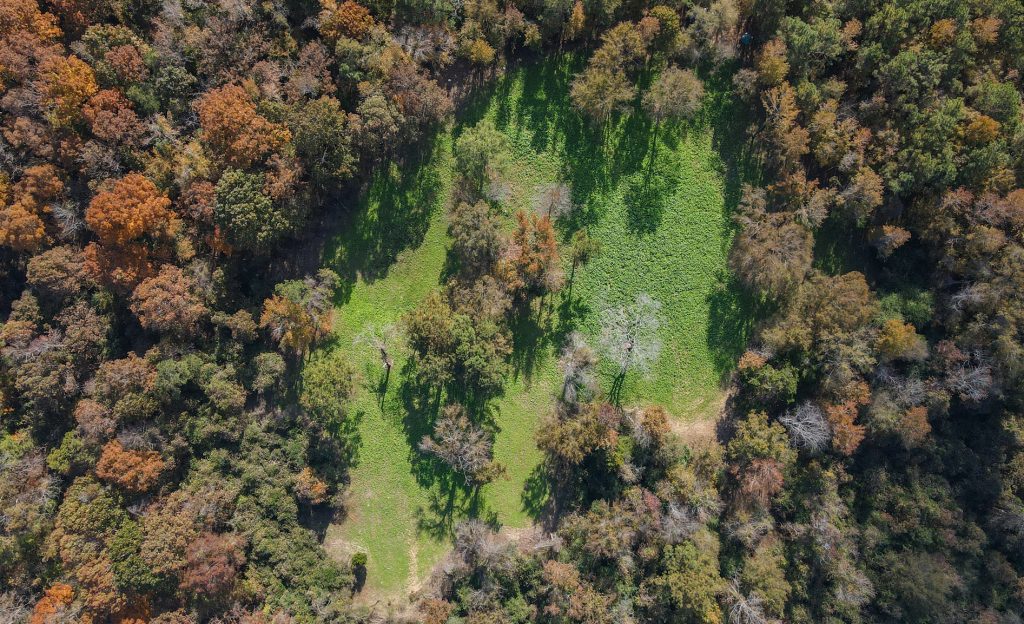
If you have a drone, check your state and local laws to make sure that you are in full compliance; doing that now can save you legal trouble later. Remember that these laws are designed to protect people’s privacy, to ensure public safety, and in some cases to protect the wildlife and natural resources. Using a drone can be so much fun and also very helpful for many occupations (such as realtors and land surveyors), but no one wants to be fined or have other legal issues.
Drone Regulations in Some States
In Alabama where I live, a new law this year says that possessing game cameras or devices that monitor game or transmit photos and/or videos automatically from March 1 to May 31 on WMAs is illegal without first obtaining written permission from the Department of Conservation. This is done to protect turkeys. Also, Alabama has passed a regulation making it unlawful for any unauthorized person to, “launch, land, possess or use any unmanned aerial vehicle (drone) on a WMA without first obtaining written permission from the Department.”
The Director of Alabama’s Wildlife and Freshwater Fish Division, Chuck Sykes, also says, “Many states have banned the use of certain game cameras and drones during hunting season, especially in the West. Animals there are attracted to water holes during arid weather, and cameras around watering holes give the people operating them an unfair advantage over wildlife.” That’s why you need to always check your local and state regulations about drones.
Texas has tough regulations on hunters using drones. The Texas rule says that you can’t use drones to hunt, drive, capture, take, count or photograph any wildlife, including finding wounded animals. Pennsylvania was one of the first states to include laws prohibiting using drones that disturb hunters and/or wildlife. Other states will let you fly drones to recover deer after the shot – although the deer is supposed to be dead.
Drones do have a place in counting waterfowl, with Ducks Unlimited using them to replace aerial surveys. By flying a quad-rotor helicopter and fixed-wing airplane style drones, biologists can do surveys at any time. Drones have other good uses such as counting other game species, surveying crops or crop damage, tracking animal movements, monitoring potential dangers, etc. They can also be great educational tools.
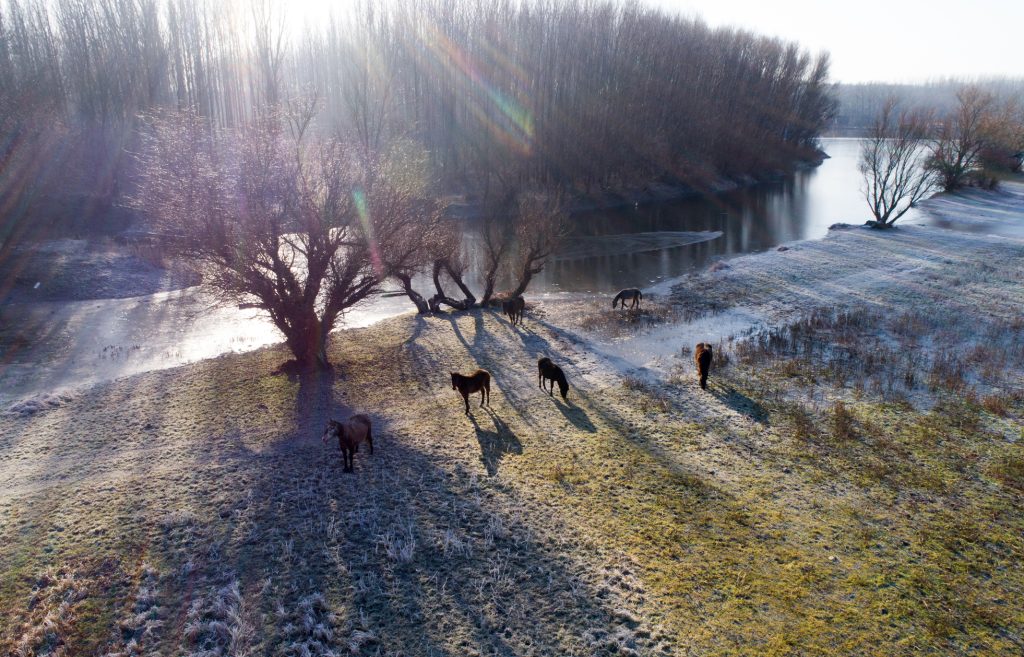
Drone Uses
I’ve listed ways I know people are using drone’s in the outdoors. You’ll probably think of many others. You can:
- Scout property you’re thinking about purchasing or leasing to learn more about the lay of the land, water availability and the amounts and the types of timber.
- Fly property lines to learn what adjacent properties look like, and decide if you’re interested in buying or leasing the land.
- Learn the types of timber on the land and its locations.
- Find and learn about swampy areas, thick cutovers, pasture lands and agriculture on a property.
- Identify road and trail systems to learn access to the land and monitor them thereafter.
- Pinpoint funnels and pinch points to see where the land necks down and perhaps forms a wildlife corridor between larger blocks of land.
- Look at the location and condition of agricultural fields and food plots to determine where you may want to plant various crops.
- Recover deer (where allowed). Deer recovery is a hot topic with many different opinions from various states. Some states let you use a drone to find a dead deer. But then the question becomes, “How do you know the deer is dead?” If the deer is only wounded, and you locate him, how do you handle that situation? Is that a violation? Other states will fine anyone using a drone to find dead deer.
- Identify predators like feral pigs, coyotes and wolves, and where they live.
- Conduct deer surveys. Taking inventory of deer populations can give you an idea of the deer herd, the sex ratio of the deer present, and provide you with information for better game management.
- Know the availability of water, and where that water is located.
What Features to Consider when Buying a Drone. The drone needs to:
- Be tough. A drone may get dropped, or you may crash it. Many outdoorsmen prefer drones with tough plastic casings and carrying cases. You could also add, one that has easily replaceable
 parts, like propeller blades.
parts, like propeller blades. - Be compact and foldable. If you can fold in the drone’s rotors and pack it in your backpack, then carrying it becomes easy, since many drones weigh only one pound.
- Have a long battery life. Most people prefer a drone that can records for 60 minutes.
- Make HD Photos and Video. Many drones snap photos up to 12 megapixels.
- Include the features of Circle Fly, Follow Me and Optical Flow.
- Be long range. Some drones have ranges of a half a mile – specifically 3,000 feet. Remember some regulations, however, require you to be within sight of the drone.
- Feature a panoramic view that makes a 360-degree image.
- Include 6-Axis self-stabilization. Self-stabilization means smooth and crisp video footage with few blurry images.
- Will shoot the type of image that is most effective for your needs – high resolution, infrared, night vision, etc.
- Charge quickly to extend your fly time.
- Have a strong GPS signal.
- Be affordably priced. Some drones sell for $400 to $800, but others cost thousands of dollars.
The “Journal of Ecology and Environment” explains that many biologists around the world today are employing drones to do ecological research with findings that are often surprising. These drones help understand the impact of what’s happening in our physical world and to help improve the earth’s biodiversity system and predict future trends in ecology and its development. Drones monitor and collect data very efficiently for scientists, particularly from places biologists can’t easily ego physically.
If you know anyone with a drone, talk with them about why they chose that drone. Ask if they will help you learn to fly and use a drone. In many places, drones are most effective after deer season, especially in snow country. Then you can learn where the deer have been traveling and staying after the season.
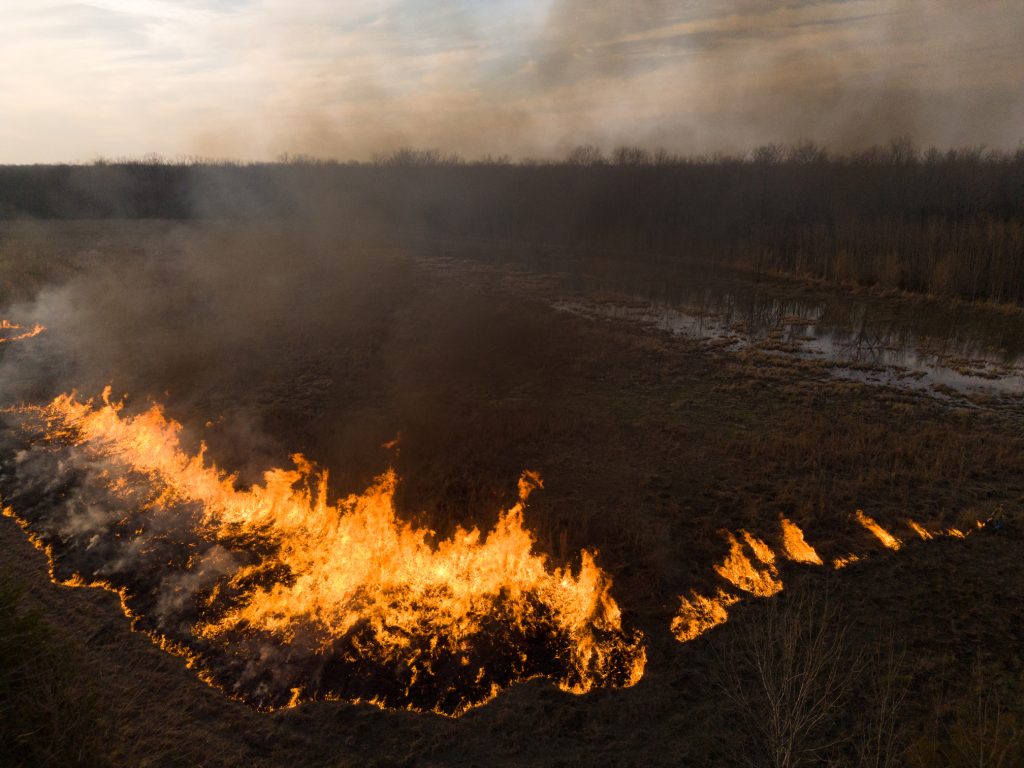
I’m convinced that drones do have a place in the outdoor community, as long as they aren’t used to find and harvest game. However, they can be used to pinpoint better places to hunt and help to manage the land and game species. I think drones are much like forward-facing sonar is to fishing. Both products can show overlooked spots to fish or to hunt that haven’t been considered before.
Join our weekly newsletter or subscribe to GameKeepers Magazine.
Your source for information, equipment, know-how, deals and discounts to help you get the most from every hard-earned moment in the field.

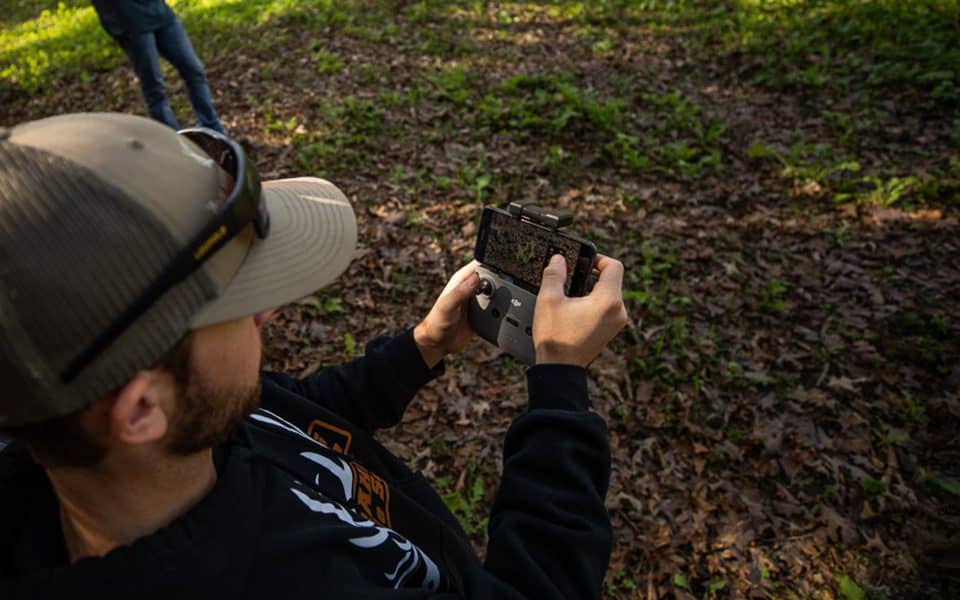
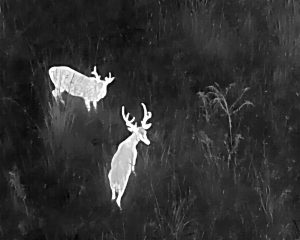 parts, like propeller blades.
parts, like propeller blades.


